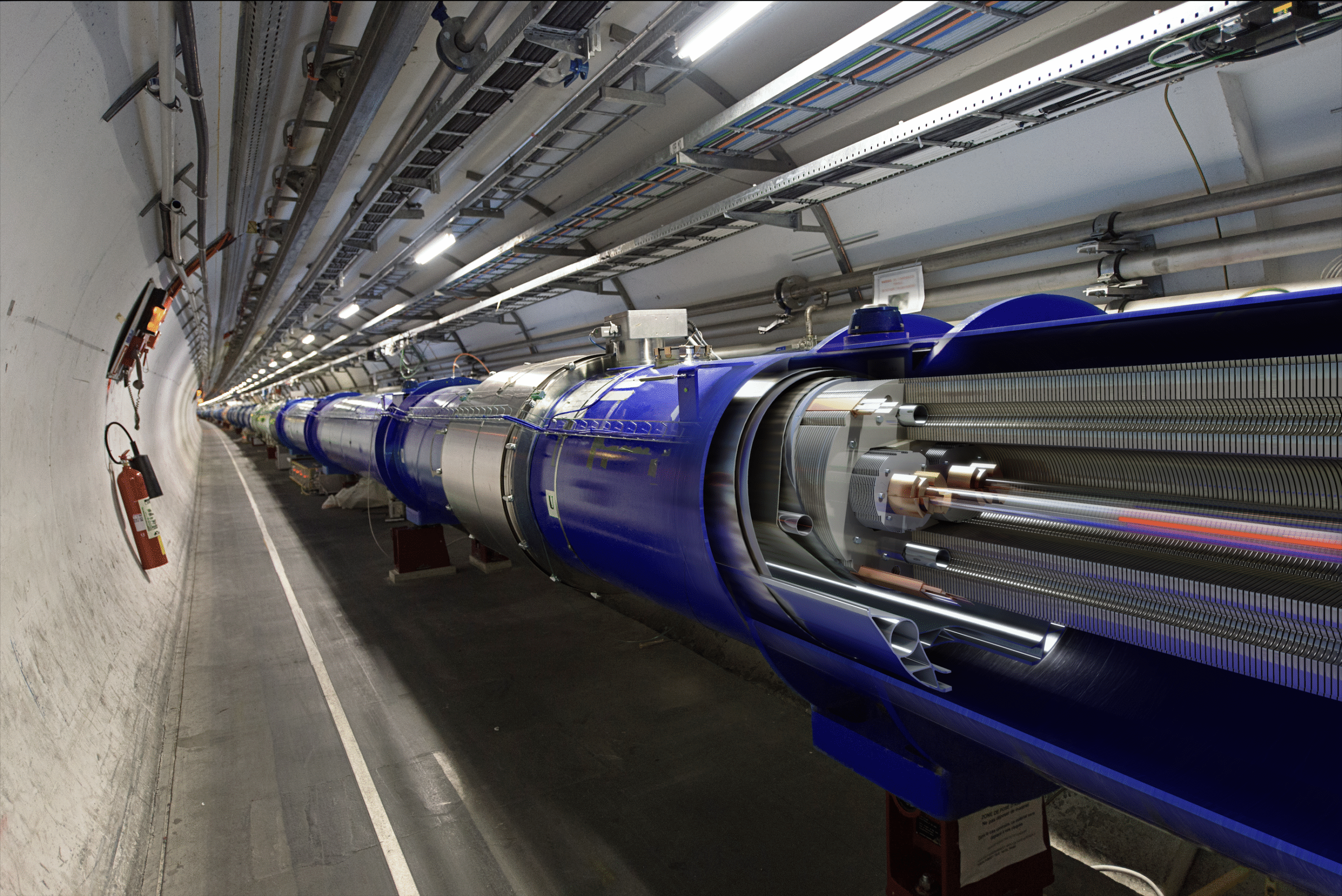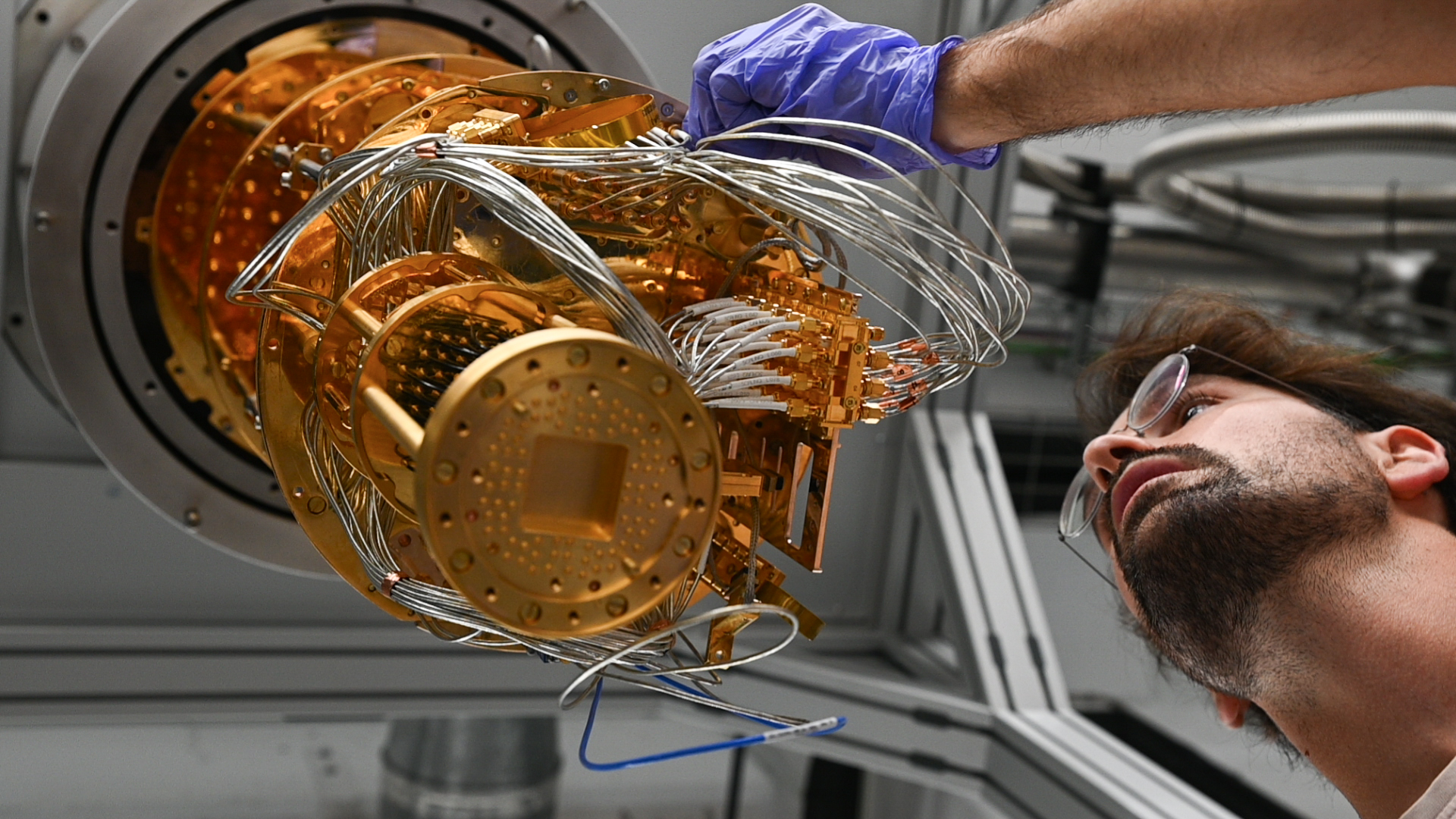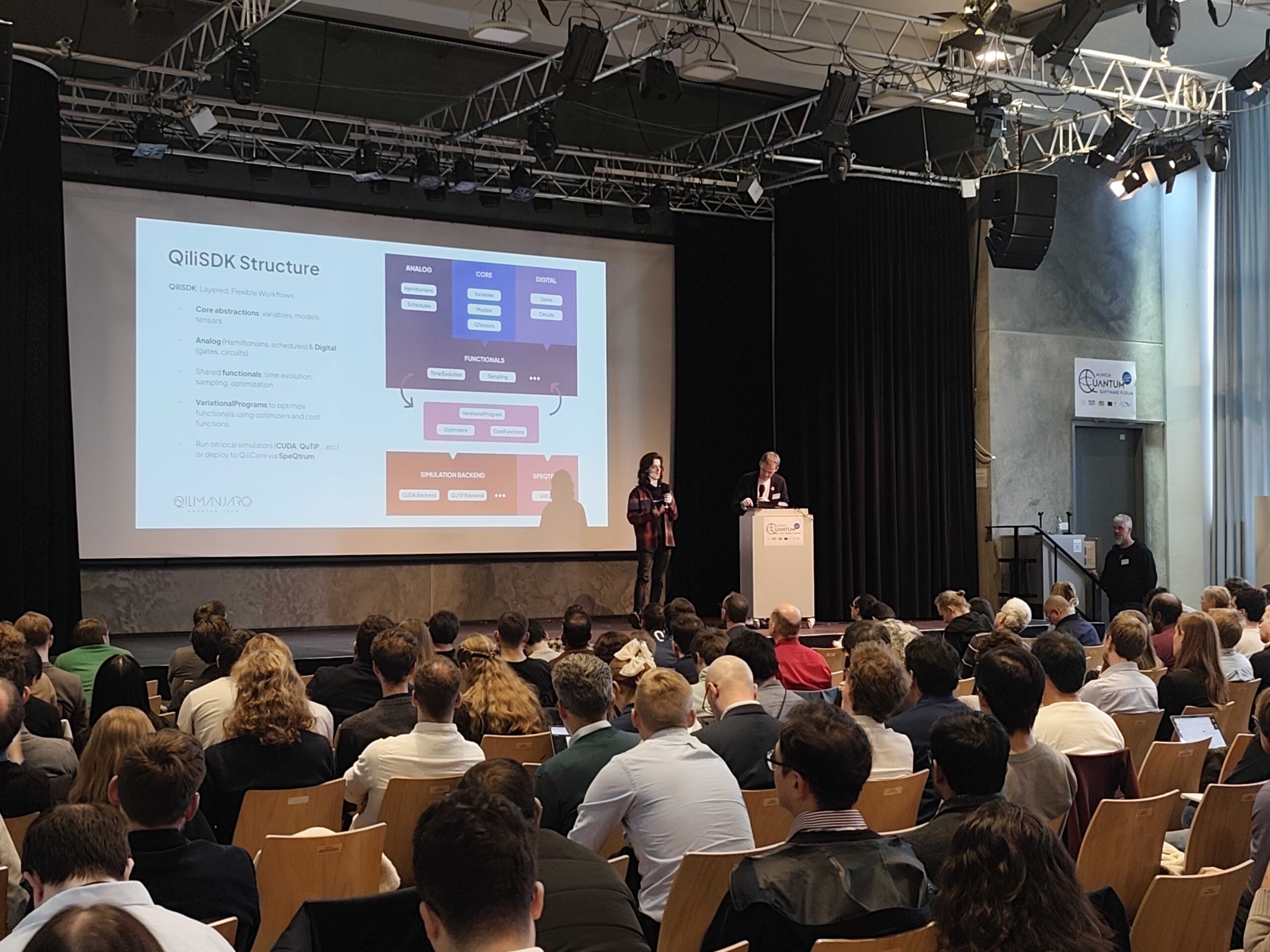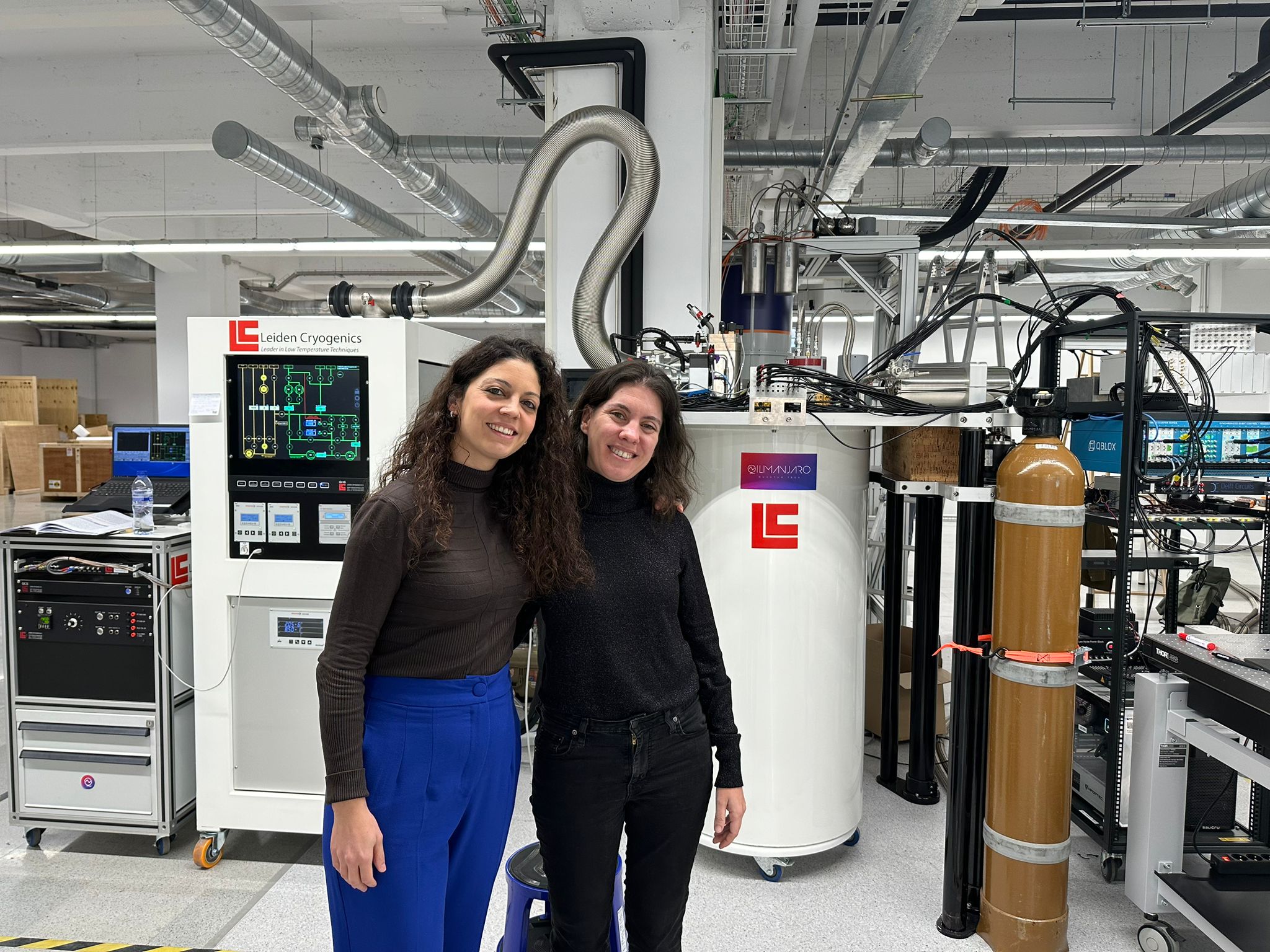Analog quantum computers, which operate by leveraging the natural behavior of quantum systems, have shown great promise for solving complex simulation, optimization, and AI-related problems. By providing precise representations of quantum systems, they hold the potential to excel where traditional computers struggle —especially when it comes to large-scale simulations and NP-hard optimization problems.
Simulation of Complex Quantum Systems
Many scientific fields, such as physics, chemistry, and materials science, rely on simulations to better understand the natural world. Classical computers, however, face limitations when attempting to simulate systems that are too complex, as their classical logic cannot be accurately leveraged to simulate a quantum mechanical problem. Analog quantum computers, on the other hand, can directly represent the mathematical description of quantum systems, providing more accurate results and even simulating problems that are currently out of reach.
A key area of interest is many-body physics, which studies how large groups of particles interact. These interactions give rise to unique phenomena that classical methods struggle to model accurately. One such model is the transverse-field Ising model (TFIM), which is often used to simulate many-body quantum systems. While TFIMs are powerful, they can’t represent all the interactions in quantum systems. That’s where our expertise at Qilimanjaro comes in: we have developed methods to simulate a variety of many-body systems beyond TFIM, expanding the capabilities of quantum annealing hardware to tackle more complex simulations (1).
Optimization
Optimization problems—where the goal is to find the best possible solution—can be exceedingly difficult to solve as they grow in complexity. Many of these problems fall under the category of NP-hard, meaning they are computationally intensive for classical methods. Analog quantum computers offer a natural solution for these problems, particularly through the use of quantum annealing to find the minimum energy state, which represents the optimal solution.
At Qilimanjaro, we have applied these capabilities to real-world challenges in the energy and logistics sectors. In the energy sector, our quantum-inspired algorithm has been used to address the day-ahead market price problem, reducing computational costs by 70% while maintaining accuracy. In the logistics industry, we’ve significantly cut down on execution time and costs in warehouse dispatching systems, demonstrating the practical impact of quantum computing in large-scale optimization (2).
Artificial Intelligence
As AI models grow in size and complexity, training these systems requires vast computational resources. The current trajectory of classical computing is unsustainable in terms of energy consumption. Hybrid quantum-classical approaches, however, show significant promise in this area. Analog quantum computers can play a crucial role in training AI models more efficiently.
At Qilimanjaro, we’ve developed a hybrid approach known as the Quantum Extreme Learning Machine (QELM), which has demonstrated remarkable results in image classification tasks. By combining quantum processing with classical methods, our algorithm achieved an impressive accuracy of around 98%, outperforming classical approaches that reached 94%. This opens up new possibilities for applying quantum techniques to AI, including in fields like high-energy physics, where we plan to use QELM for particle detection (3).
A Sustainable Future Through Quantum Innovation
Analog quantum computing presents a viable approach to solving challenges that classical computers cannot efficiently handle, whether through more accurate simulations, optimized industrial processes, or energy-efficient AI training.
Our ongoing research and development at Qilimanjaro are showcasing how analog quantum computing can enhance processes, lower computational expenses, and pave the way for a more sustainable and efficient future.
–
(1) Matthias Werner, Artur García-Sáez, Marta P. Estarellas. “Quantum simulation of one-dimensional fermionic systems with Ising Hamiltonians“, Cornell University. (2024)
(2) Andrés N. Cáliz, Jordi Riu, Josep Bosch, Pau Torrente, Jose Miralles, Arnau Riera. “A coherent approach to quantum-classical optimization”. Cornell University. (2024)
(3) A. De Lorenzis, M. P. Casado, M. P. Estarellas, N. Lo Gullo, T. Lux, F. Plastina, A. Riera, J. Settino. “Harnessing Quantum Extreme Learning Machines for image classification”. Cornell University. (2024)





